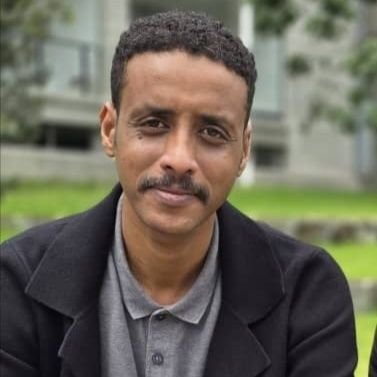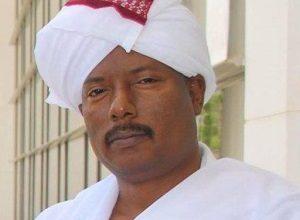The Defeated Serpent

By Hisham Al-Shawani
The Defeated Serpent Sheds Its Skin for an Old One: (How to Understand the Move by the Rapid Support Forces Militia)
I see the militia and its allies’ call to form a government in Nairobi as a gradual admission of defeat. The militia launched its war with the firm intention of seizing control of the entire Sudanese state and government. It propagated false narratives about “democracy,” backed by its politically opportunistic ally—one that constantly shifts names but remains the same entity—who was then part of the Forces of the Framework Agreement.
As everyone knows, the militia initiated this war with the goal of seizing power. However, nearly two years have passed, and it has suffered strategic defeats on the battlefield at the hands of the Forces for the Survival of the Sudanese National State—a broad coalition that includes the national army, fighting forces, and supportive social groups.
These defeats have pushed the militia back into a familiar historical pattern—one that has repeatedly defined armed movements fighting the state since 1955.
The idea of contesting state authority by controlling specific geographic areas, which some call “liberated territories,” and seeking external support to maintain that control is not new—regardless of how just a movement’s cause may seem. Some might argue that the militia claims to be forming a government for all of Sudan under the guise of a “peace government.”
To that, I ask: Wasn’t this the same claim made by the Sudan People’s Liberation Movement (SPLM) in the past?
Didn’t it also speak of ruling all of Sudan? The same applies to other armed movements today—such as Abdelaziz al-Hilu’s and Abdel Wahid al-Nur’s factions.
The historical reality is that since 1955—until the Addis Ababa Agreement in 1972 in the old South, then from 1983 to 2005, and in Darfur since 2003, as well as in parts of South Kordofan and Blue Nile—various armed actors have contested state authority and established what they called “local administrations.”
What we see today from the RSF militia is nothing but a retreat and an admission of defeat in its initial military campaign. On April 15, 2023, the militia did not speak of forming a government; this shift is a response to several key factors:
Military Factors:
The militia has suffered strategic battlefield defeats and lost organizational coherence, particularly in central Sudan.
There is a high probability that the conflict will now shift to Darfur.
The dream of defeating the national army and seizing power has become impossible.
Political Factors:
The militia’s alliance with civilian political forces has failed, exposing their weakness and lack of popular support.



